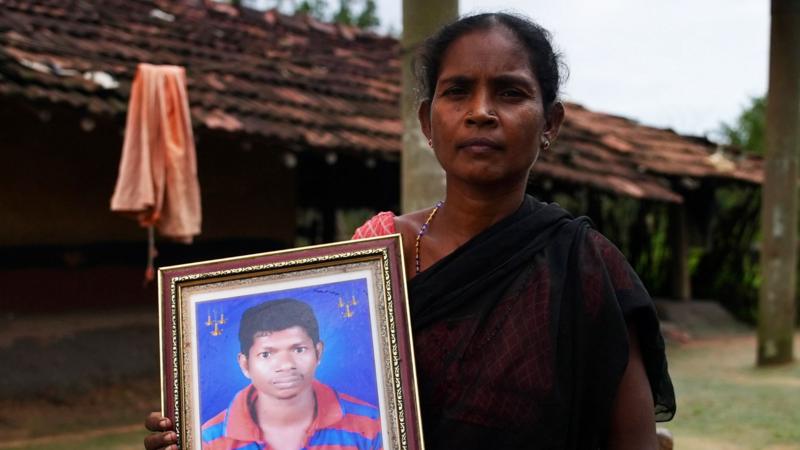Summary
The ongoing conflict between Maoist insurgents and government forces in India continues to affect local and tribal communities in central and eastern parts of the country. The Indian government aims to end this long-standing insurgency by March 2026 through intensified security operations. However, these operations have led to concerns about civilian casualties and the impact on local populations.
Key Facts
- The Maoist insurgency began in 1967 as an armed peasant revolt in West Bengal, seeking to establish a communist state.
- In 2009, the Indian government called it the "greatest internal threat" to the country.
- By mid-2000s, the insurgency had spread to nearly one-third of India’s districts.
- The government has set a deadline to end the insurgency by March 2026, increasing military operations in affected regions.
- Between January 2024 and September, security forces reportedly killed over 600 alleged rebels.
- The government has established new security camps in regions with significant Maoist activity, like Chhattisgarh.
- Rebel groups have shown willingness to engage in conditional peace talks, but the government requires rebels to disarm first.
- The conflict regions remain underdeveloped, with local residents often caught in crossfire and facing accusations without evidence.
